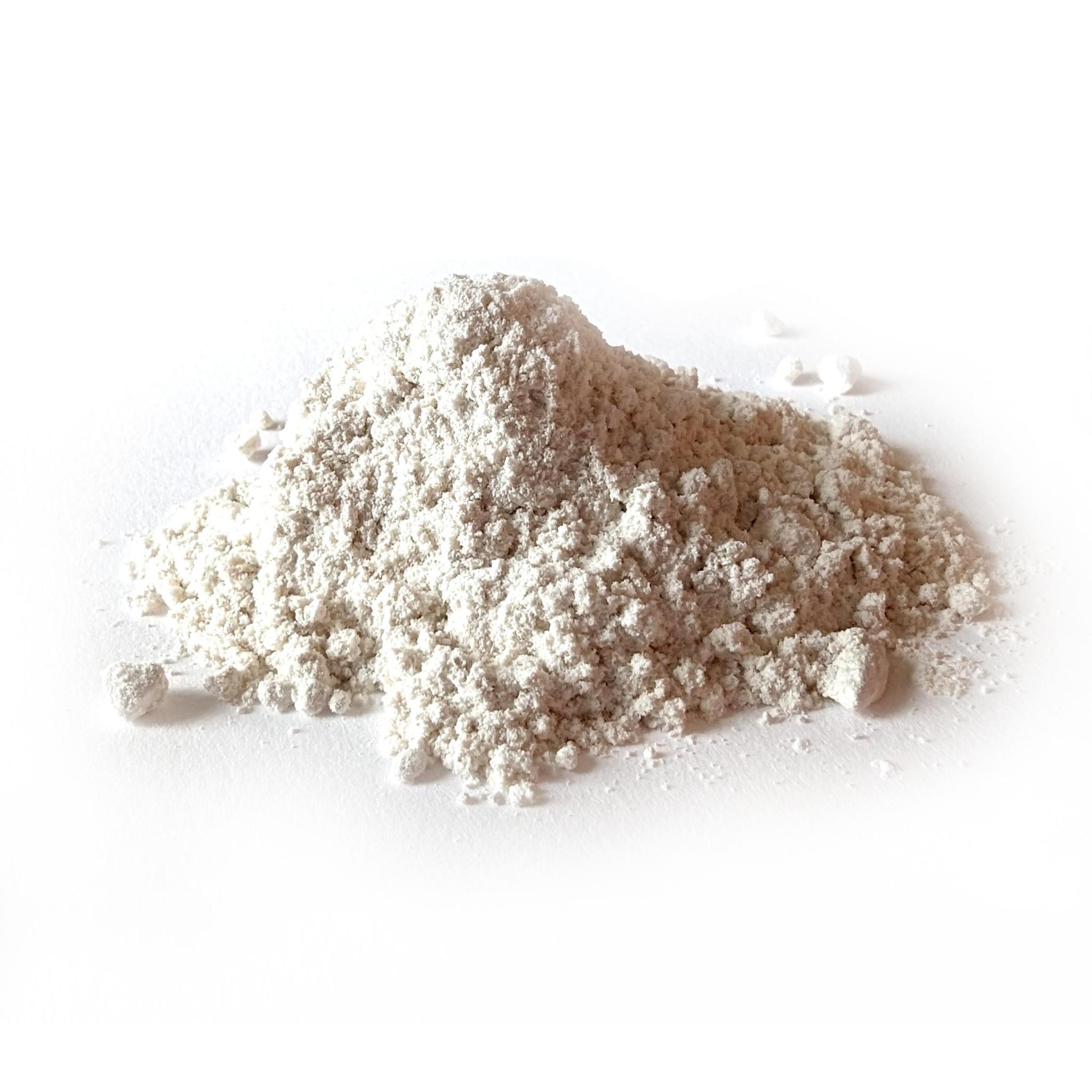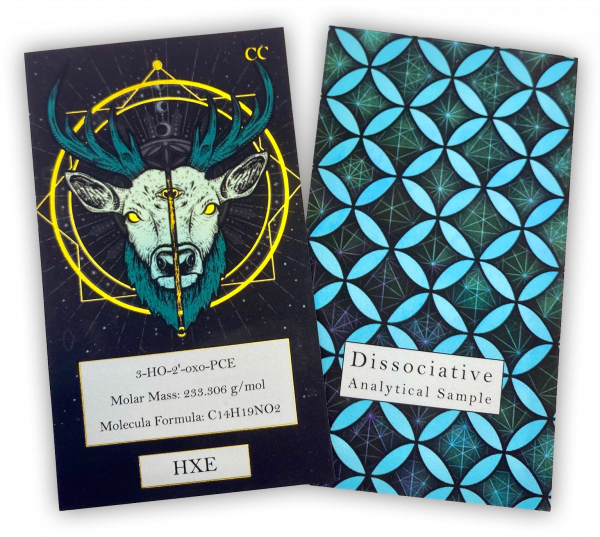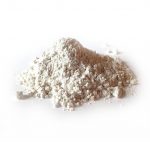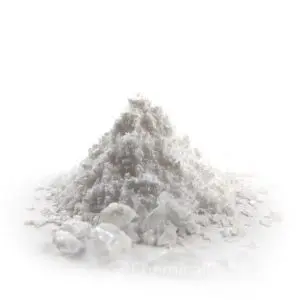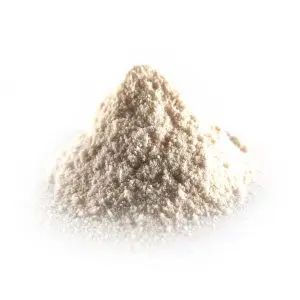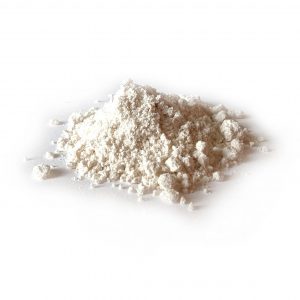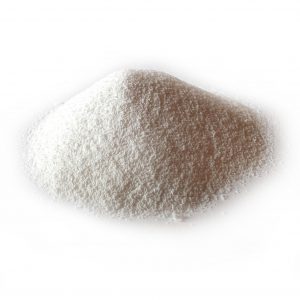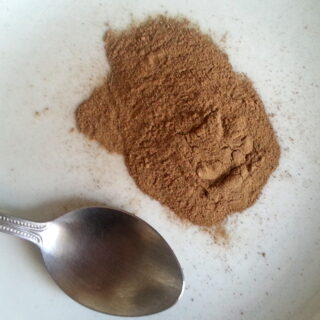HXE HCL

Produced by Lizard Labs
Free exclusive product info ChemCard with every order over €100, printed on premium card with copper foil inlay, soft-touch lamination, and exclusive custom artwork.
Responsible Research with HXE
Always practice responsible research. You should read and educate yourself before undertaking research with any chemical. HXE is an extremely novel chemical, so use the utmost caution during your experiments. Never conduct research with a chemical without learning about it first.
What is HXE?
HXE is a dissociative substance of the arylcyclohexylamine class that produces dissociative, anesthetic, stimulating and hallucinogenic effects when administered.
It was believed to have been first synthesised by a laboratory in the Netherlands in 2020 and was released in 2021 shortly thereafter.
Little is known about HXE due to its relative novelty, so we will provide information about the chemical class it belongs to – arylcyclohexylamines.
Chemical Properties
HXE is an arylcyclohexylamine dissociative. An arylcyclohexylamine is composed of a cyclohexylamine unit with an aryl moiety attachment. The aryl group is positioned geminal to the amine. In the simplest cases, the aryl moiety is typically a phenyl ring, sometimes with additional substitution. The amine is usually not primary; secondary amines such as methylamino or ethylamino, or tertiary cycloalkylamines such as piperidino and pyrrolidino, are the most commonly encountered N-substituents.
Pharmacological effects
Initial reports suggest that HXE shares many subjective properties with MXE. More-so than other chemicals such as MXPr, MXiPr and DCK.
Due to the lack of research regarding the substance, all discussion regarding the pharmacology of it is purely based on its structure and subjective effect similarities to other arylcyclohexylamine dissociatives such as ketamine, PCE and methoxetamine (3-MeO-2′-Oxo-PCE). While no scientific studies have been conducted to verify this, structure-activity relationship analysis suggests that 2′-Oxo-PCE likely exhibits its observed effects principally as an NMDA receptor antagonist, although other neurotransmitter systems may be involved.
NMDA receptors (a subtype of receptors for glutamate, which are the principal excitatory neurotransmitters in the nervous system) allow for electrical signals to pass between nerve cells in the brain and spinal column; for the signals to pass, the receptor must be open. NMDA receptor antagonists have been shown to disrupt this signaling by blocking these receptors. This disconnection of information flow in the nervous system leads to loss of sensation (anesthesia), difficulty moving (motor discoordination), and eventually this substance’s equivalent of the “K-hole.”
Legality
HXE is classified as illegal in:
- United Kingdom
This list is not exhaustive, so do your own research into the legal status in your country before ordering!
How to Buy HXE
You can buy HXE and other dissociatives like 3-HO-PCE, 3-MeO-PCP, and DCK here at Chemical-Collective. All of our chemicals are third party lab tested.
All of our chemicals are strictly for research and analytical purposes only and not for human consumption.
If you wish to see NMR results for HXE or any other chemical, please email us at requests@chemical-collective.com.
Product Name: HXE Hydrochloride
Other Name(s): 3-HO-2′-oxo-PCE or hydroxetamine
IUPAC Name: 2-(ethylamino)-2-(3-hydroxyphenyl)-cyclohexanone hydrochloride
CAS: N/A
Molar Mass: 269.8 g/mol
GUIDES, INFO & REPORTS

